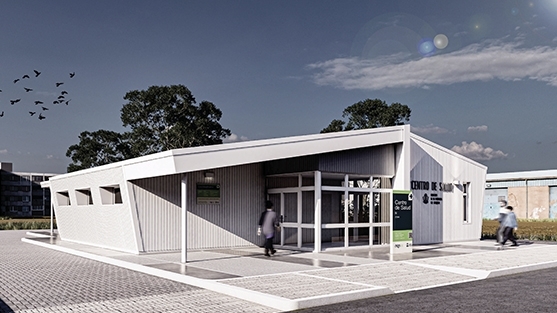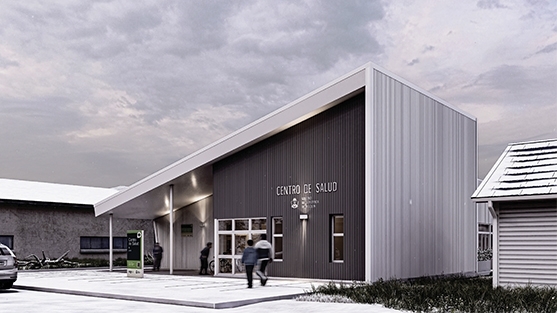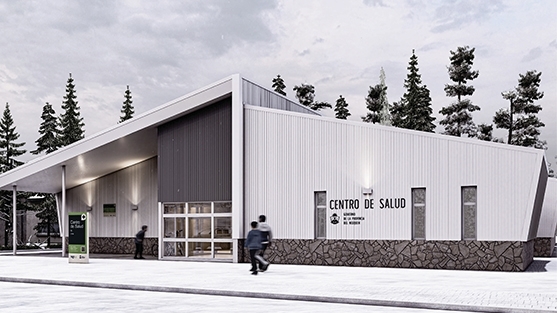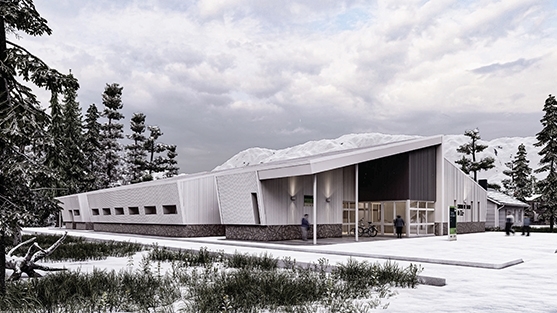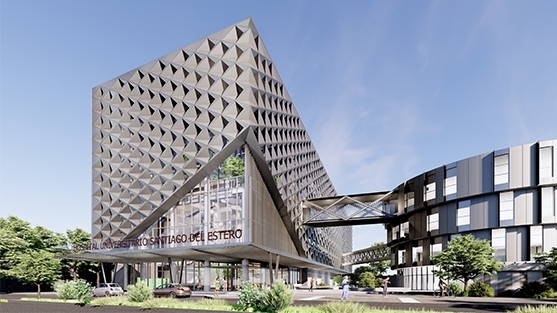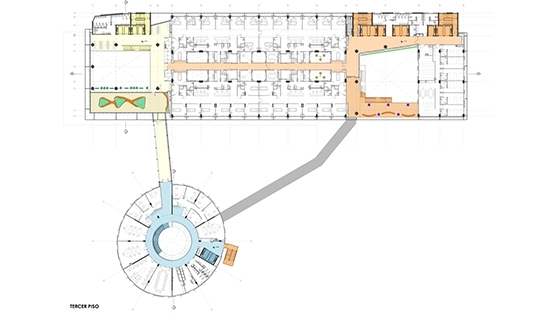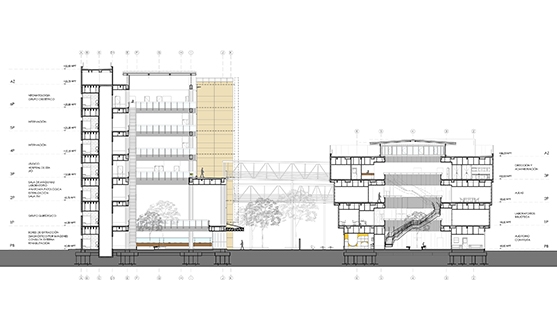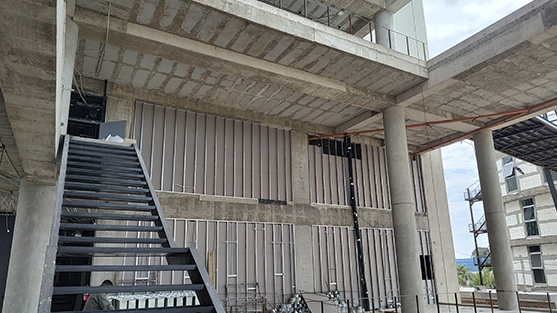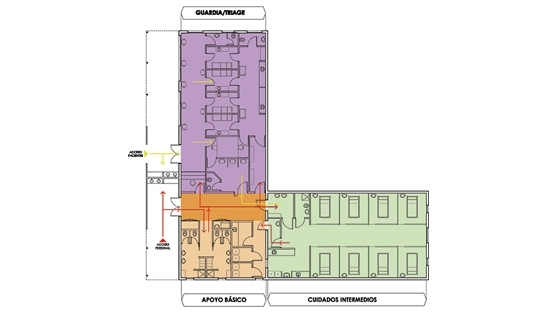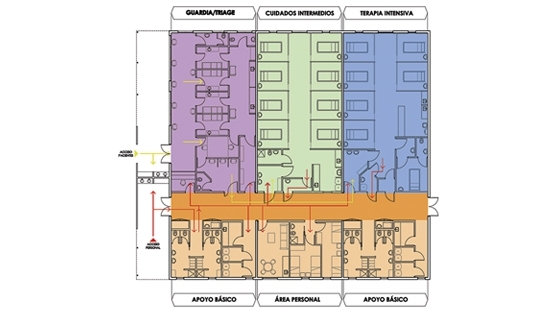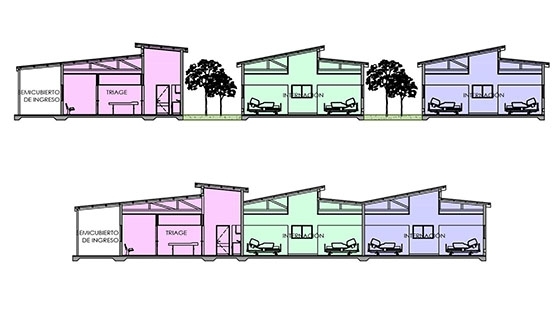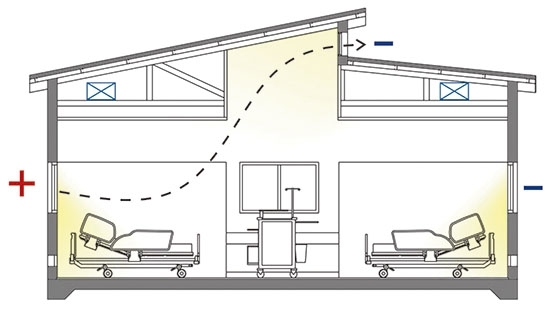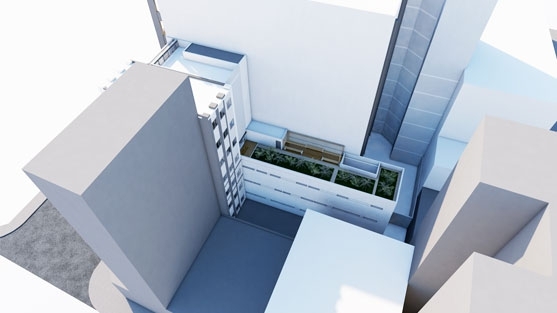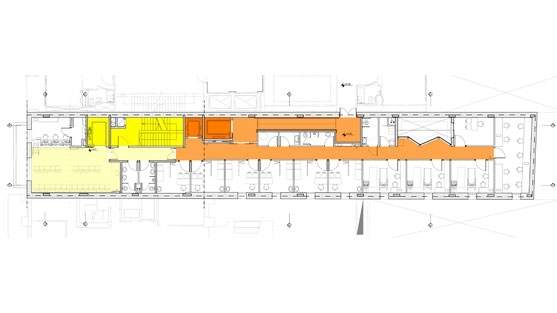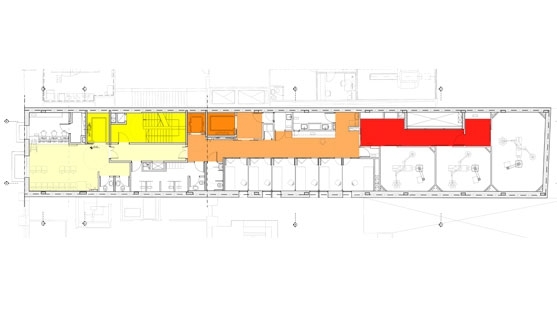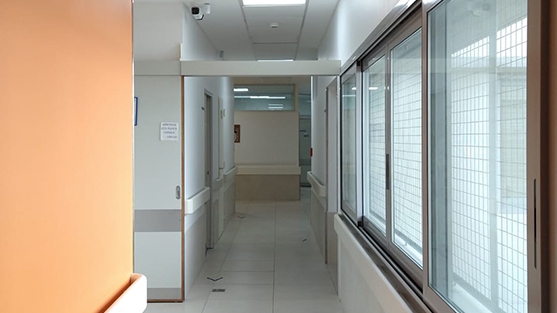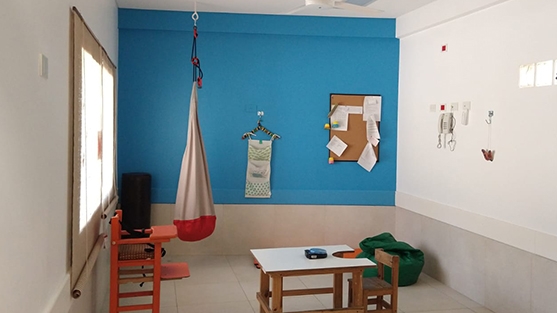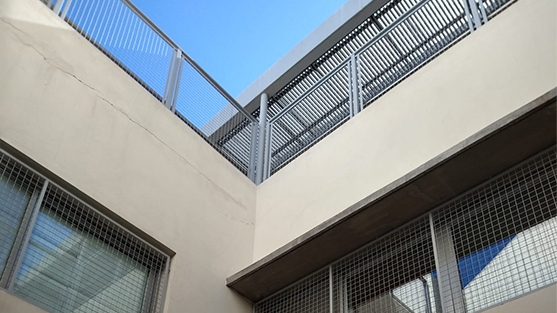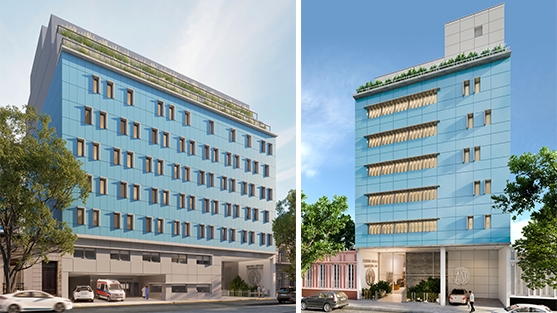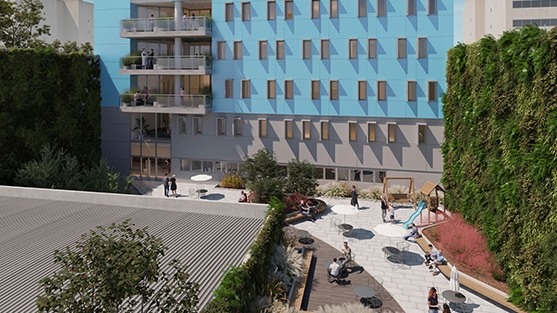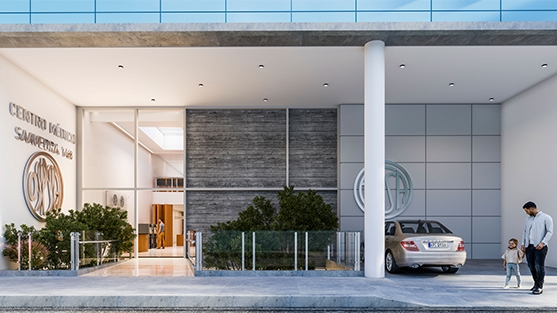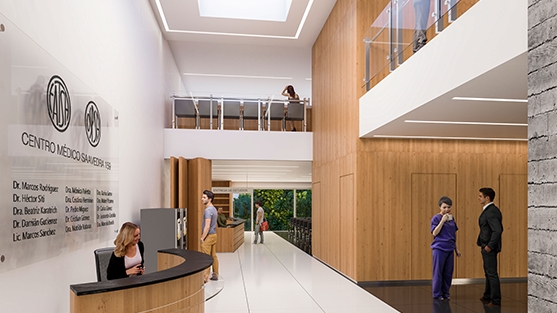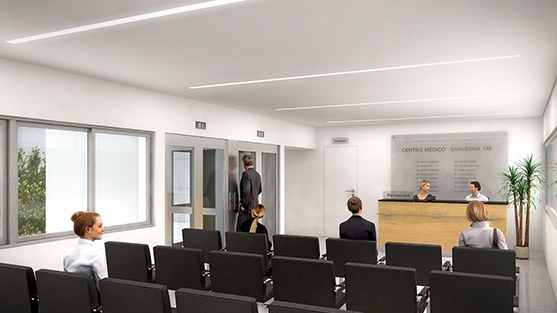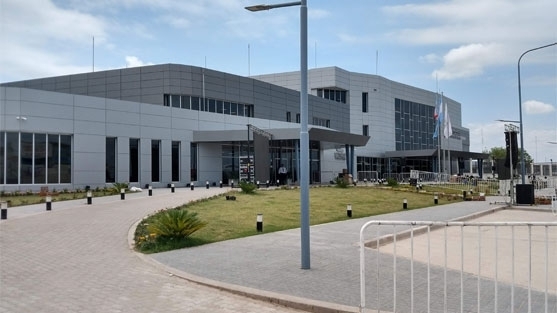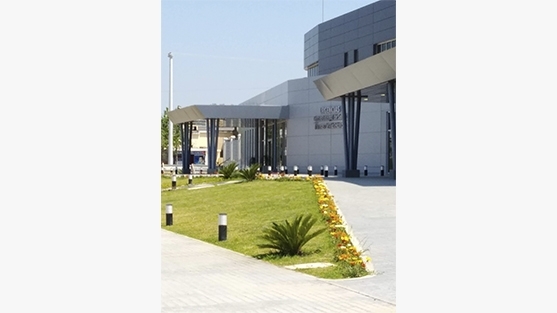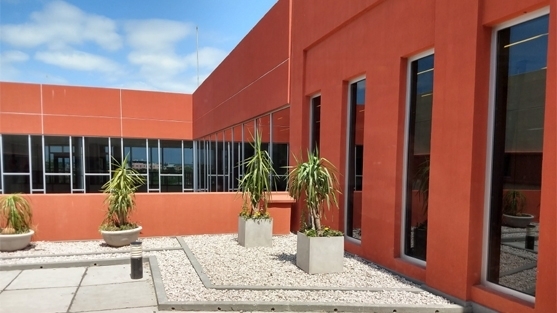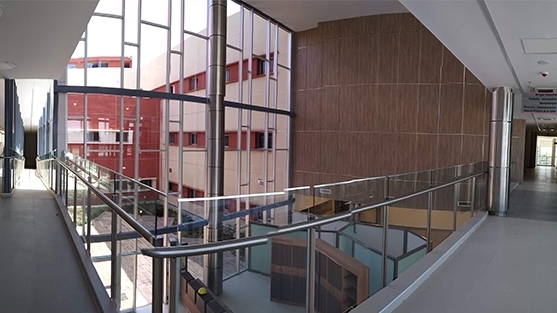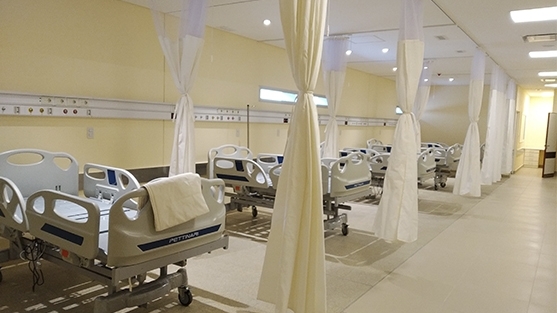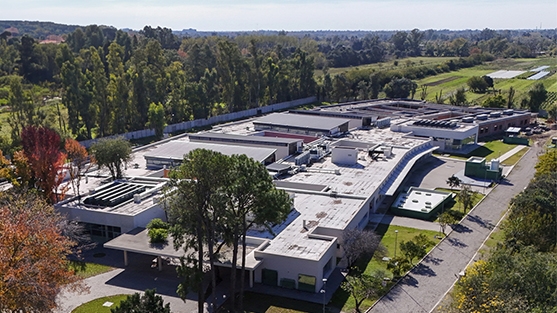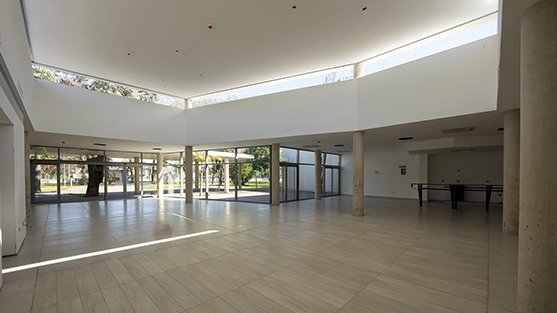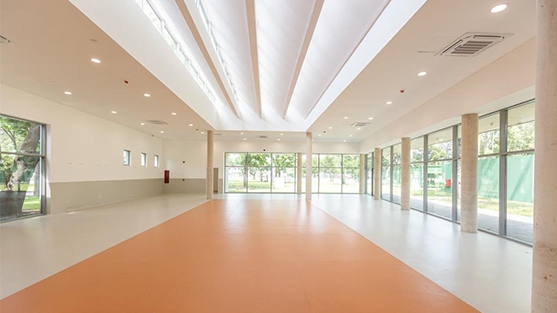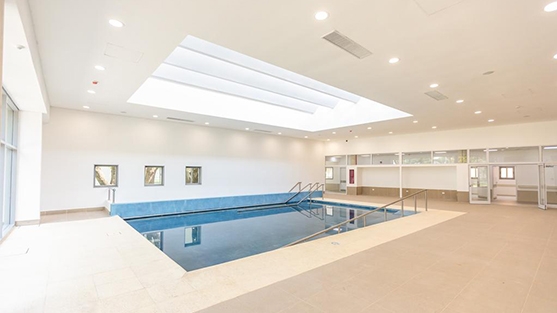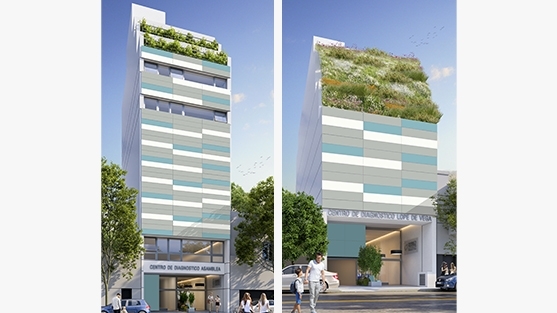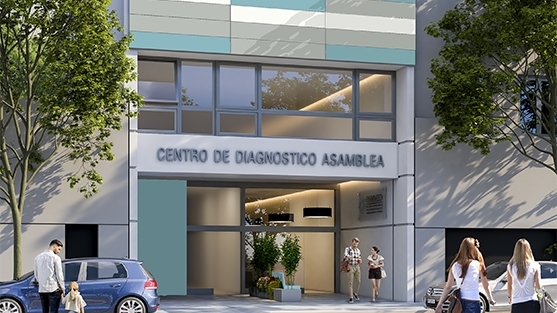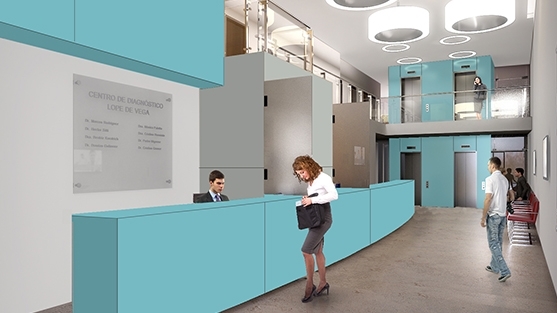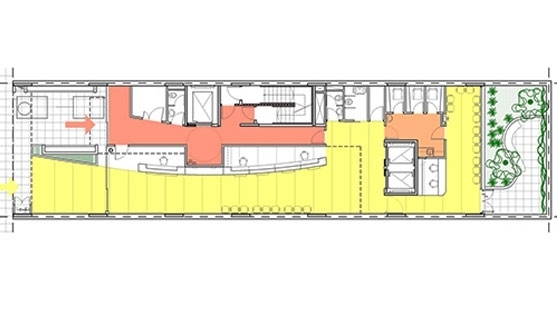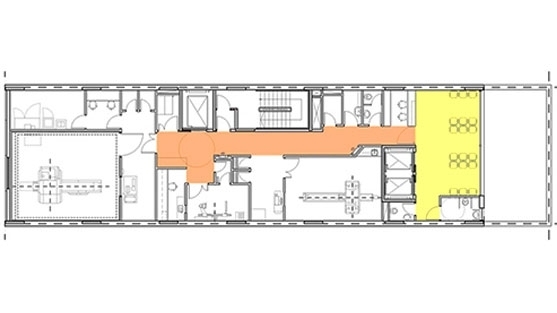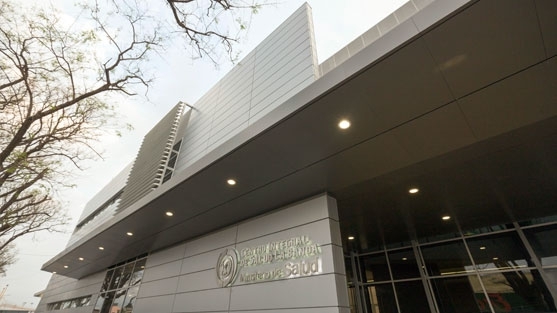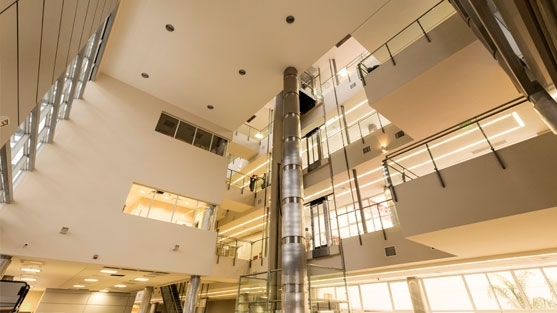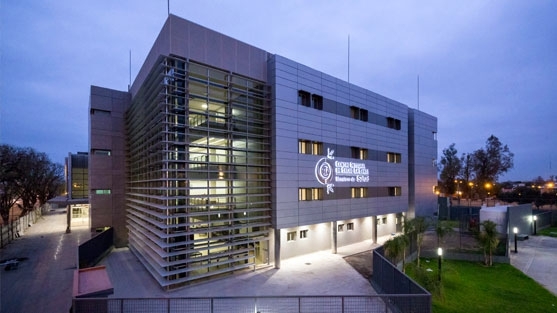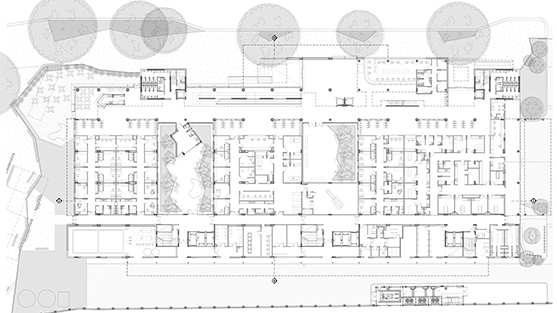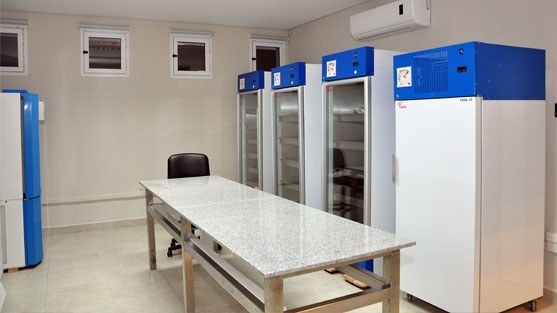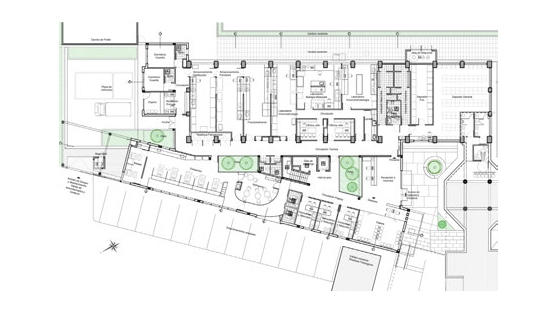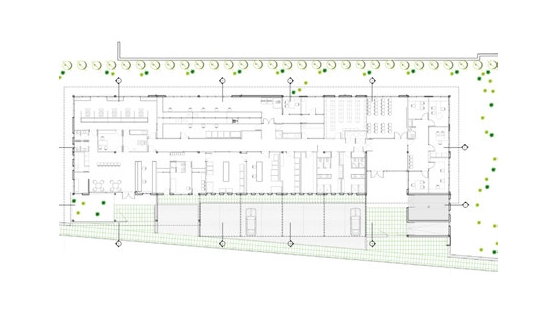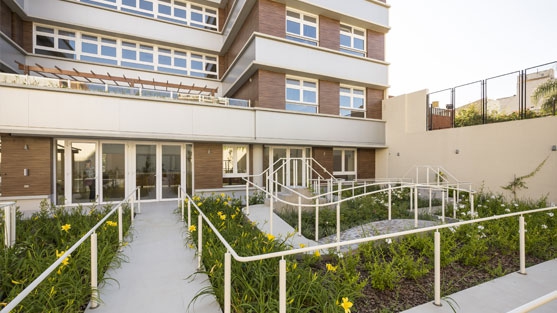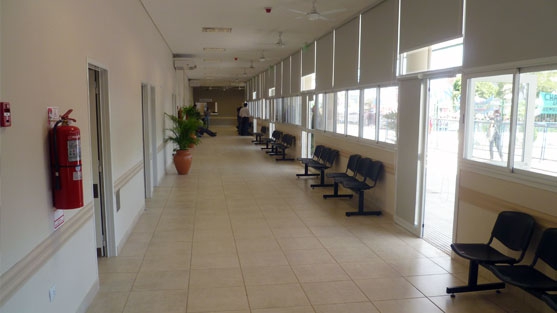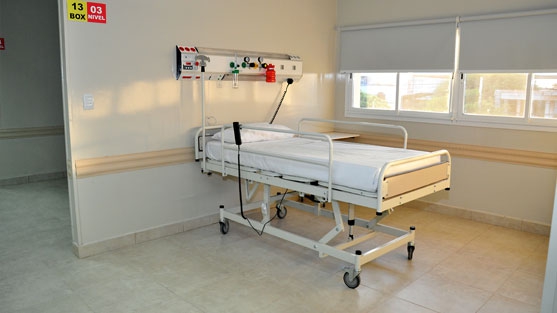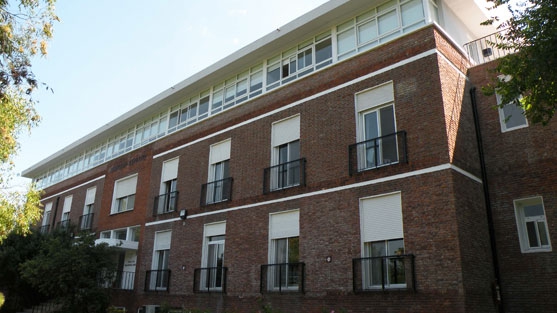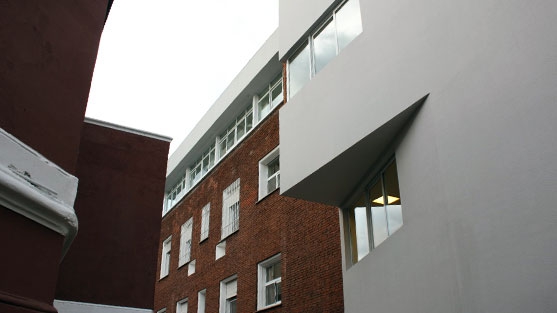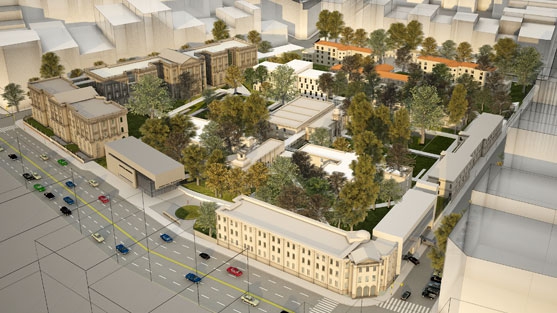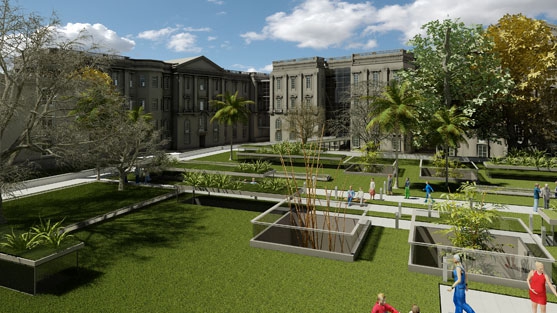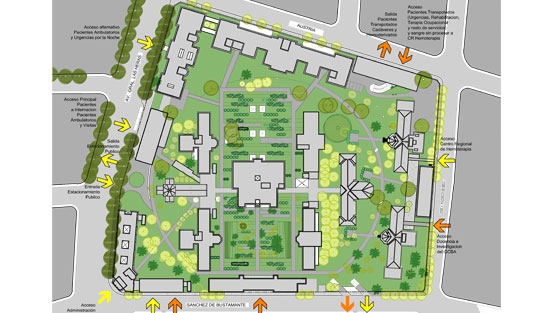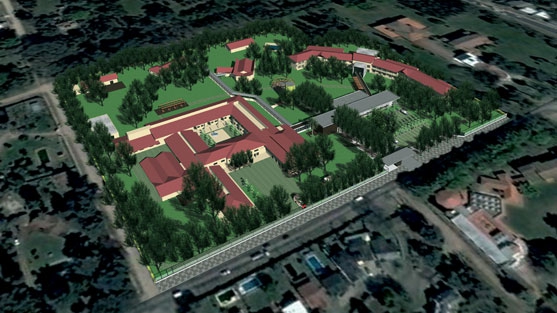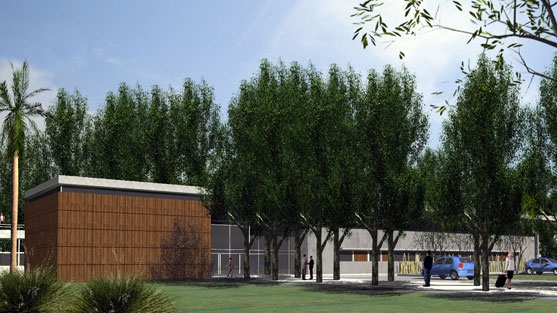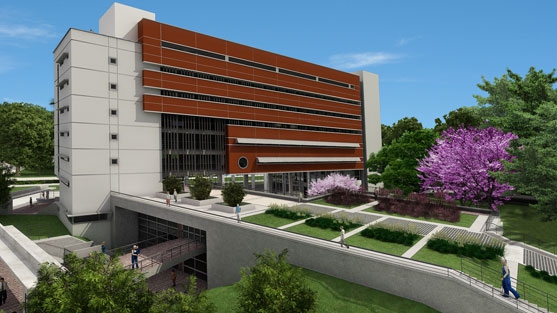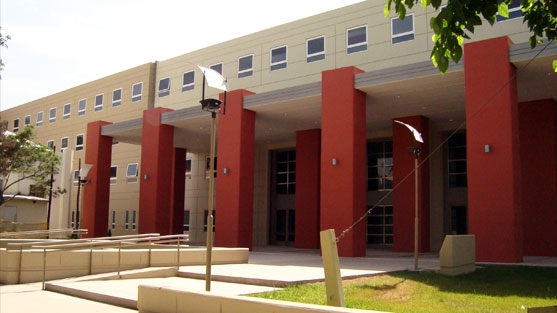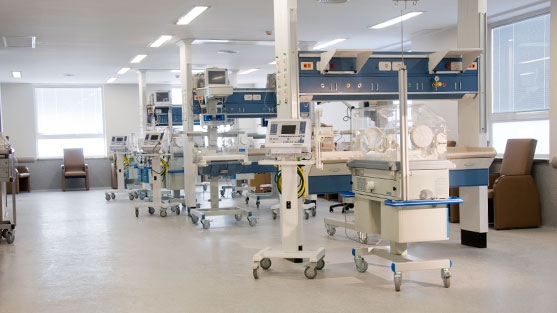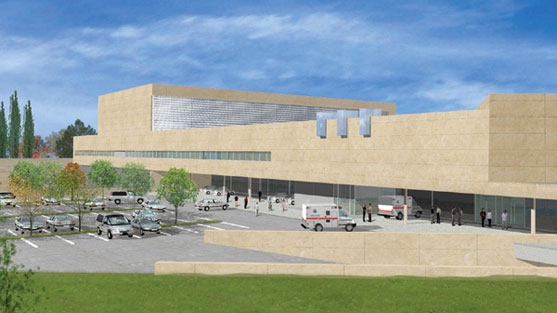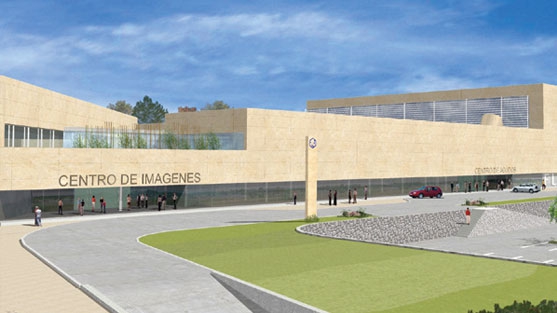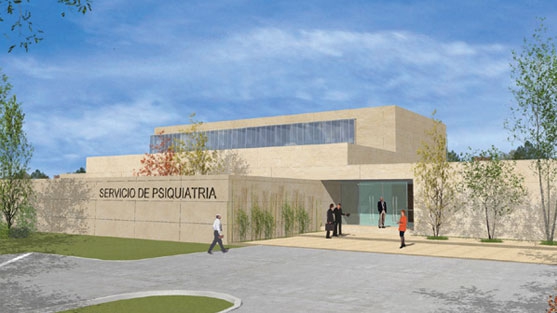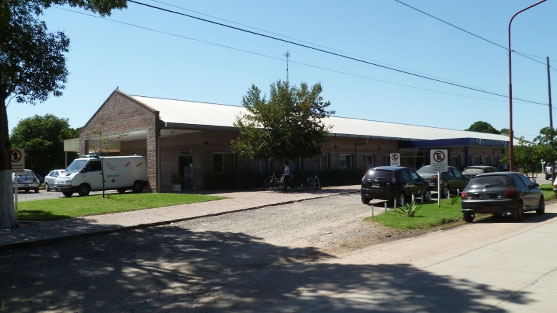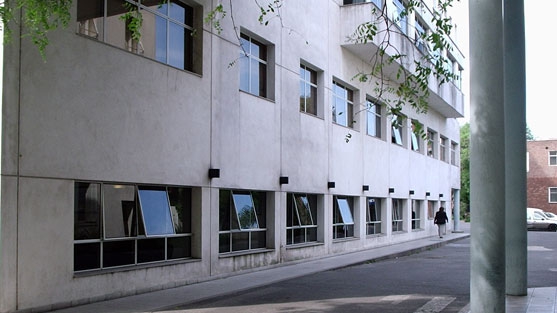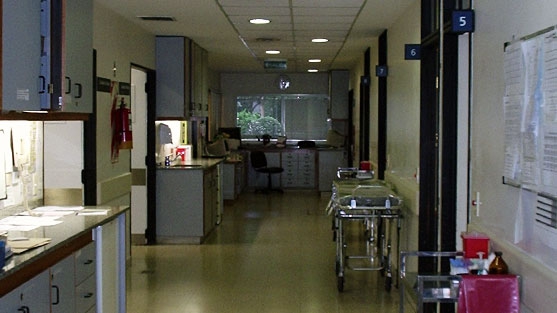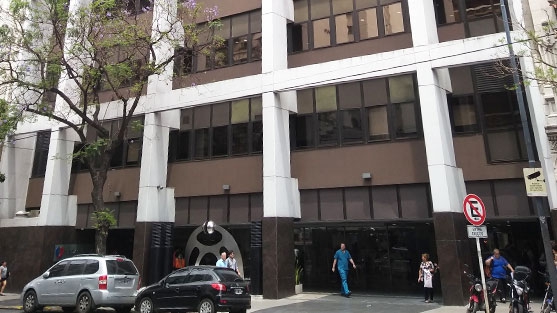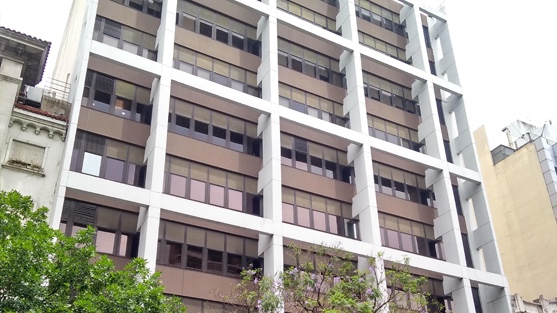BOOKS:
Edificios para la Salud. Una experiencia de Investigación Proyectual. IRIGOYEN, M. y MONZA, L. (Editores). Los Libros del Posgrado FADU UBA, Buenos Aires, Argentina, ISBN 978-987-4160-86-7, 2021. Leer más
Sustentabilidade e Humanização em um Centro de Reabilitação. IRIGOYEN, M. y MONZA, L. en Arquitetura e Urbanismo: Compromisso Histórico com a Multidisciplinaridade, MAFRA MIGLIORINI, J. (Organizadora). Atena Editora, Ponta Grossa, Paraná, Brasil, ISBN 978-65-5706-476-4, 2020. Leer más
Healthcare Facilities in Times of Radical Changes. Proceedings of the 23rd Congress of the International Federation of Hospital Engineering. DEL NORD, Romano (Organizador), FONT, L. y MONZA, L. (Co-organizadores). TESIS, University of Florence, Italy, ISBN 978-88-907872-6-3, 2015. Leer más
Arquitectura para la Salud en América Latina. BITENCOURT, F. y MONZA, L. (Organizadores). Río Books, Brasilia, Brasil, ISBN 978-85-9497-014-5, 2017. Leer más
OTHER PUBLICATIONS:
2022 Sustainability and Humanization in a Rehabilitation Health Care Center IFHE Digest 2022 páginas 50 a 54 Leer más
2022 De la Arquitectura Hospitalaria a la Arquitectura para la Salud Revista IPH Nº 19 páginas 124 a 135 Leer más
2022 Cambios en Conceptos y Criterios Proyectuales de la Arquitectura para la Salud a partir de la Pandemia de Covid 19 FADU UBA Leer más
2021 Hospital Modules for Treating Covid-19 Cases IFHE Digest 2021 páginas 63 a 65 Leer más
2020 Los Arquitectos Opinan Revista Todo Obras Leer más
2020 Arquitectura para la Salud en función de la pandemia de COVID 19 Posgrado Proyecto de Edificios para la Salud FADU | UBA | AADAIH. Leer más
2019 Reducing hospital cost through better design Tesis - UIH - UIA PHG Leer más
2019 ArquiSalud Una visión actual de la arquitectura hospitalaria Revista Todo Obras Leer más
2014 Trayectoria Especializada Guth Irigoyen Monza Revista Todo Obras Leer más
Futuro dos Edifícios para a Saúde: Principais Tendencias. Revista Arquitetura & Saúde Leer más
2018 Designing Buildings for People with Alzheimer´s. Revista IFHE Digest 2018 Leer más
2019 A Look at the Evolution of Healthcare Provision. Revista IFHE Digest 2019 Leer más
AADAIH ANNUALS WHERE WE PARTICIPATE:
2022 - La Biofilia y los Jardines Terapéuticos. Leer más
2020 - Módulos Hospitalarios para Covid 19. (Págs.70/75) Leer más
2019 - Informe Especial: Aparición y desarrollo de los edificios para la atención de pacientes ambulatorios. (Págs.104/105) Leer más
2017 - Edificios específicos para nuevas patologías: El caso de la enfermedad de Alzheimer (Pags. 46/51) Leer más
2016 - Visitas técnicas en Holanda durante el Congreso del IFHE. (Págs. 20/26) Leer más
2015 - Un viejo anhelo cumplido. (Págs.144/148) Leer más
2014 - Palabras de bienvenida, un gran momento de intercambio y encuentro. (Págs. 2/14) Leer más
2013 - Centro Integral de Tratamiento para la Enfermedad de Alzheimer ( Págs. 14/17) Leer más
2012 - Un paneo por la arquitectura en Salud Argentina en los últimos 10 años. (Págs. 6/7) Leer más
2011 - Futuro de los edificios para la salud: Principales tendencias. (Págs. 94/97) Leer más
2010 - Proyecto de planificación participativa del Recurso Físico en Salud. (Págs. 70/73) Leer más
2009 - Servicio de Urgencia Hospital Pirovano de Buenos Aires. (Págs.104/106) Leer más
2007 - Nota: ¿Por que? y ¿Cuando? (Preguntas sobre el lugar y el rol del Recurso Fisico en Salud). (Págs 18/20) Leer más



















